An internship reflection by Cora McQuaid.
I spent the past 8 months at the Coastal Studies Institute (CSI) in Manteo, North Carolina. As a freshman in East Carolina University’s “Semester at the Coast Program” I took an in-person field-based course on physical oceanography. It was a highly engaging and captivating class and was taught by a spectacular professor, Dr. Mike Muglia, who refused to let any of his students call him “Doctor”.
At the end of the semester, I secured a summer internship at CSI through the National Renewable Energy Lab (NREL), and Dr. Mike was my mentor. This summer, through my internship, I received hands-on experience working on projects surrounding coastal ocean observations and renewable energy.
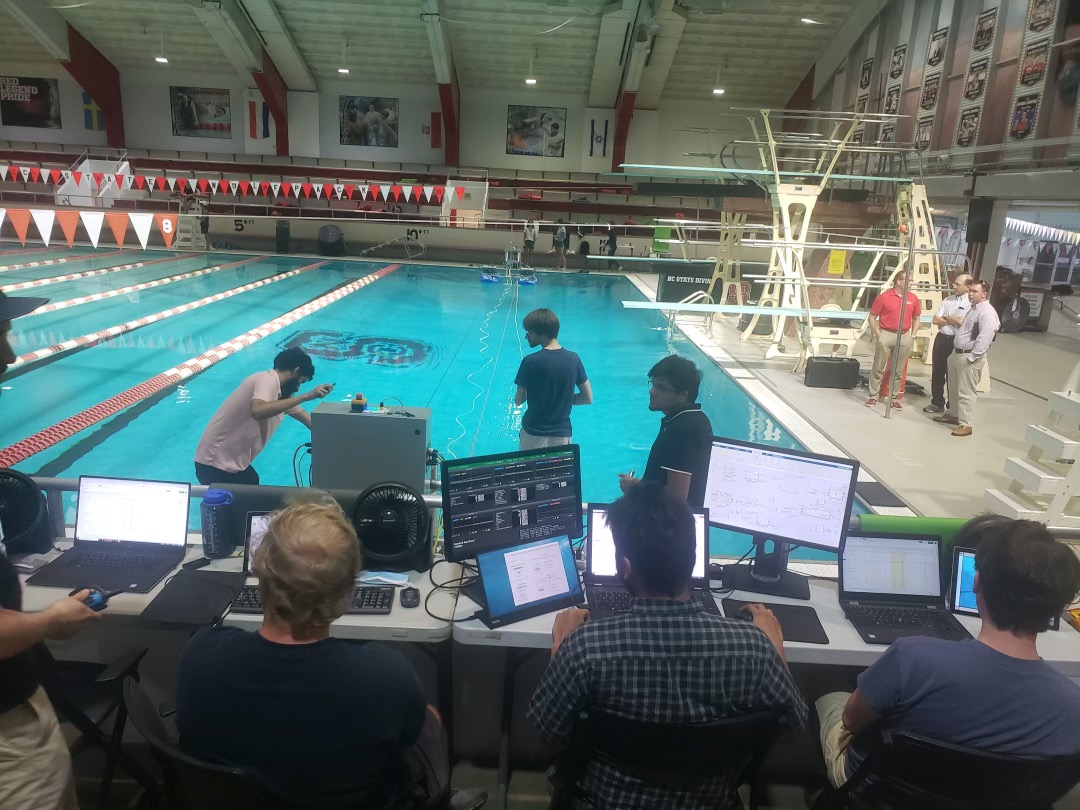
Dr. Chris Vermillion’s group has been testing their underwater kite in the NC State University pool this summer.
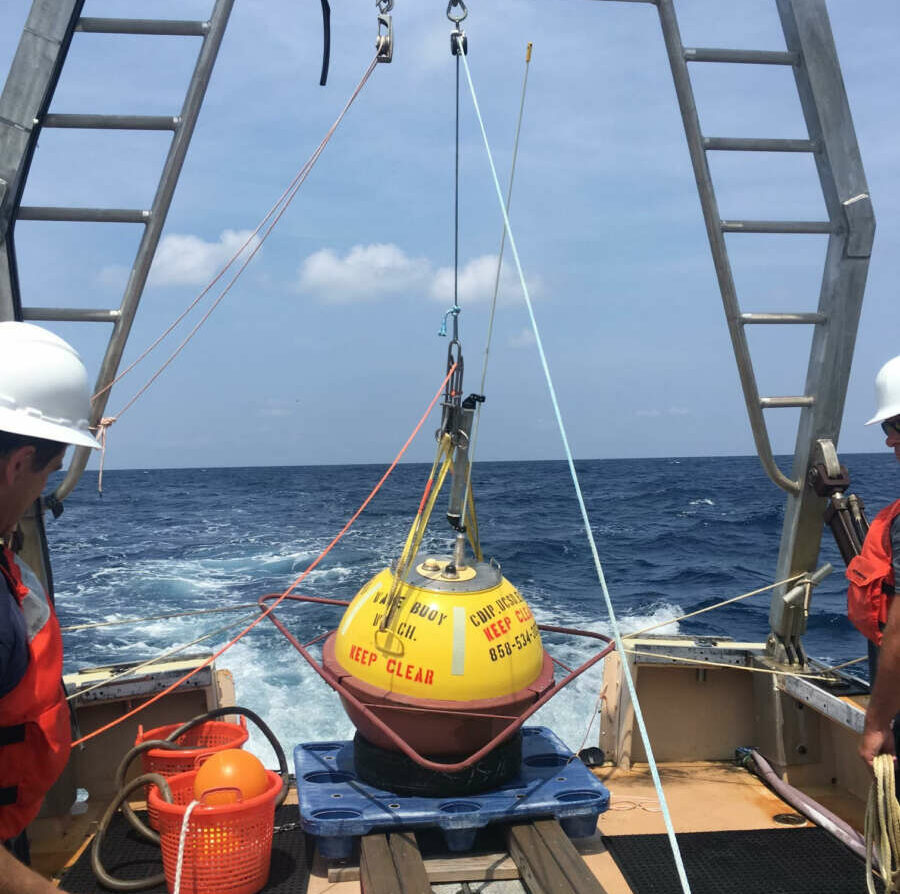
CDIP 250, also known as the “Buxton Buoy” wave rider, was deployed in August from CSI vessel “Miss Caroline” with funding from the National Renewable Energy Laboratory. The buoy will collect one year of observation-based estimates of the wave energy climate and provide wave model validation off Buxton, NC.
The Outer Banks is an especially amazing and unique place to be doing coastal ocean research due to our proximity to the Gulf Stream. The immense amount of water flowing past Cape Hatteras in the Gulf Stream could be a huge renewable energy resource, and the group I worked with has been developing an underwater kite with Dr. Chris Vermillion’s team at NCSU to explore harvesting some of that energy.
Cape Hatteras is also one of the most energetic wave climates on the east coast, and CSI has wave rider buoys along the Outer Banks measuring characteristics of the wave field such as wave height, period, and direction. Part of my internship involved helping the team to deploy one of those devices, then taking the data it provided and processing it through a program called MATLAB. We then began analyzing and comparing that information with the other wave rider buoys in different parts of the Outer Banks and made a toolbox so that anyone who wants access to this information can have it without having to do so much of the work! This was done with a lot of help from CSI’s other intern, Vega Sproul, who is a brilliant NC state engineering student, and coding wizard Trip Taylor.
I was also able to work with George Bonner, Director of the North Carolina Renewable Ocean Energy Program, and Dr. Lindsey Dubbs, Associate Director of the NC Ocean Energy Program at CSI. With George and Vega, I went to the 4H Electric Congress event, a career fair for middle and high school students. We taught them about electromagnetic induction, the basis for almost all renewable energy, and how it can be applied in marine energy systems. We also explained the importance of the work we are doing at CSI. I was able to go offshore multiple times during my internship, sometimes to deploy new wave measurement devices and other times to help Dr. Dubbs with one of her research projects involving Sargassum, a type of macroalgae that provides vital habitat for a multitude of sea creatures.
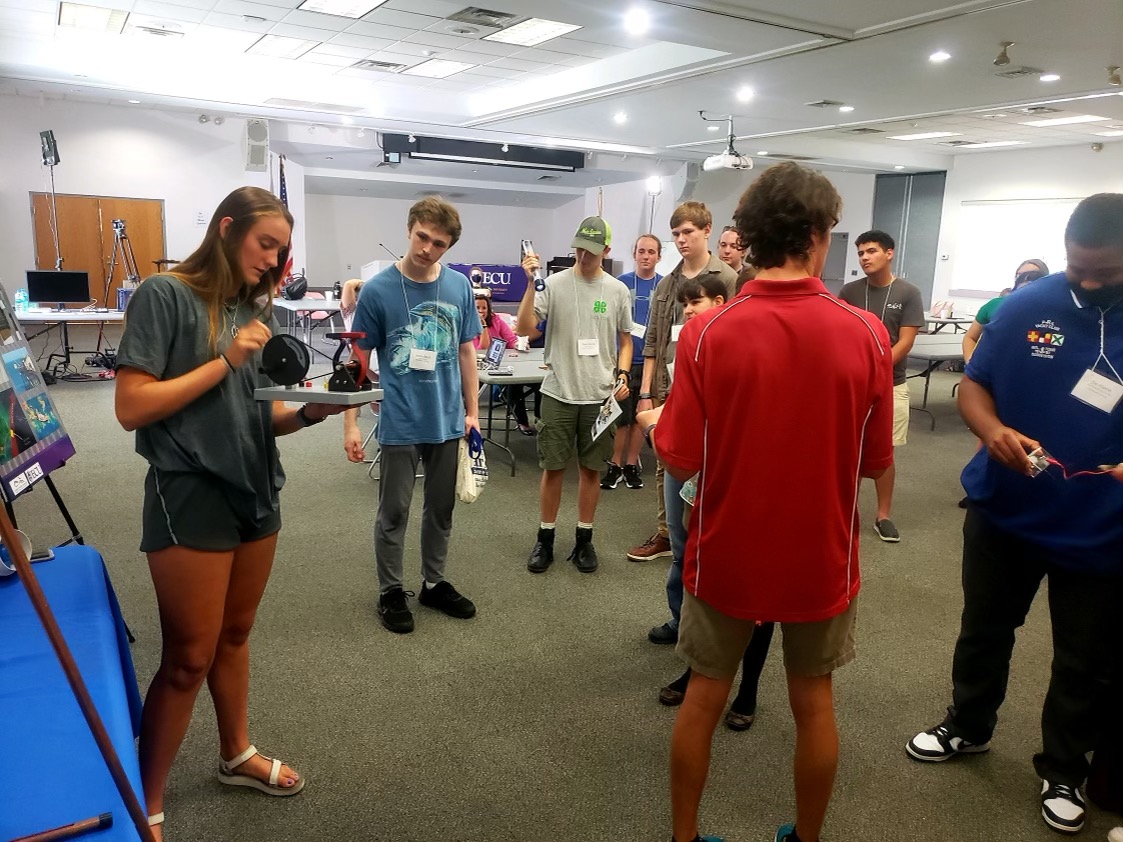
Vega and I taught the 4H Electric Congress participants about electromagnetic induction through simple yet effective demonstrations.
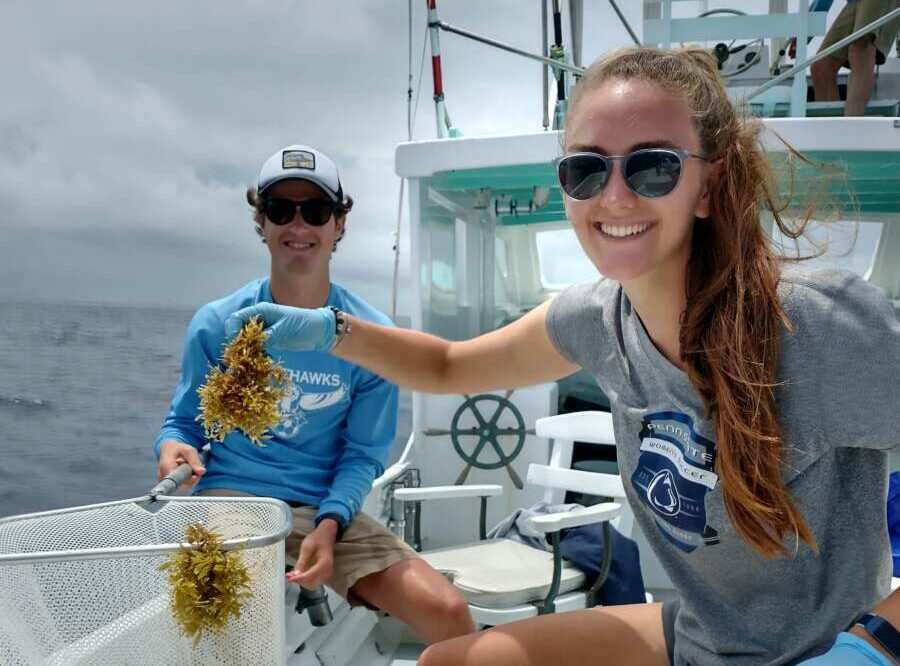
While out on the Gulf Stream we collected Sargassum samples for lab-based experiments at CSI.
I am excited to go back to East Carolina University this fall for my Sophomore year and continue my work with the Coastal Studies Institute and the Engineering department at ECU where I will be working on a related WEC project. I also hope to gain international research experience in the fall and apply for the Fullbright scholarship as I get a bit closer to graduating.
This internship has undoubtedly surpassed anything I could have imagined. Everyone that I have worked with this summer made it clear that they want nothing more than to see me succeed, and it was an amazing feeling to have a team to work with that feels more like a family than anything else.

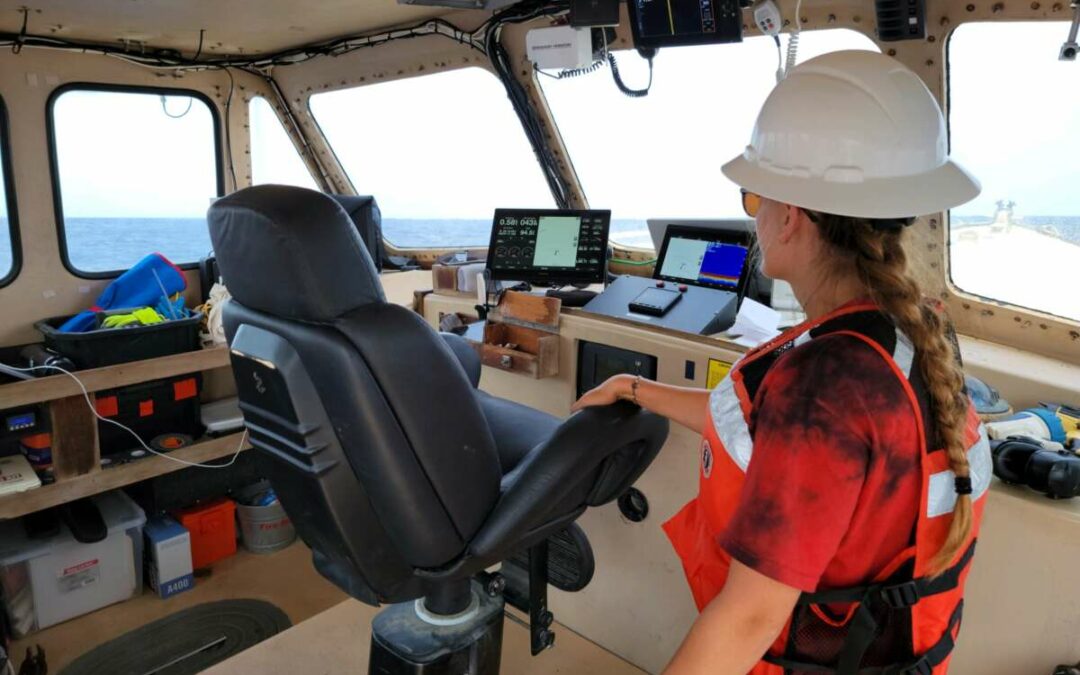

 Based at the Coastal Studies Institute (CSI), the North Carolina Renewable Ocean Energy Program (NCROEP) advances inter-disciplinary marine energy solutions across UNC System partner colleges of engineering at NC State University, UNC Charlotte, and NC A&T University. Click on the links below for more information.
Based at the Coastal Studies Institute (CSI), the North Carolina Renewable Ocean Energy Program (NCROEP) advances inter-disciplinary marine energy solutions across UNC System partner colleges of engineering at NC State University, UNC Charlotte, and NC A&T University. Click on the links below for more information. ECU's Integrated Coastal Programs (ECU ICP) is a leader in coastal and marine research, education, and engagement. ECU ICP includes the Coastal Studies Institute, ECU's Department of Coastal Studies, and ECU Diving and Water Safety.
ECU's Integrated Coastal Programs (ECU ICP) is a leader in coastal and marine research, education, and engagement. ECU ICP includes the Coastal Studies Institute, ECU's Department of Coastal Studies, and ECU Diving and Water Safety. The ECU Outer Banks campus is home to the Coastal Studies Institute.
The ECU Outer Banks campus is home to the Coastal Studies Institute.

